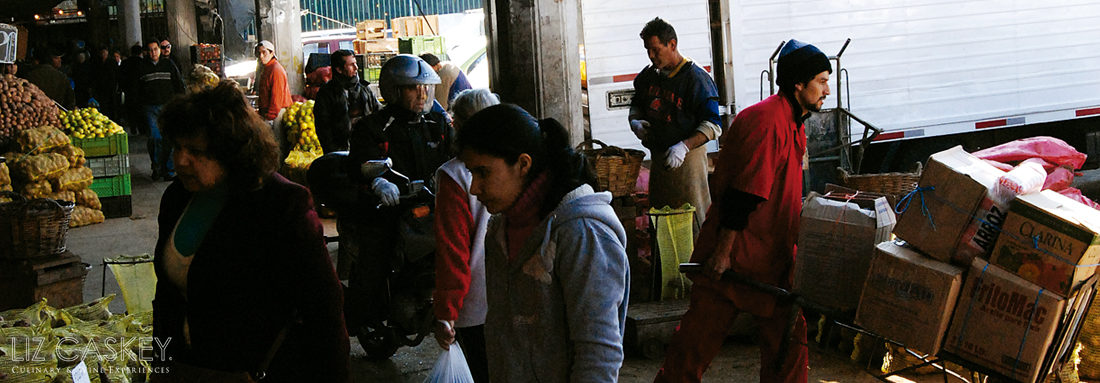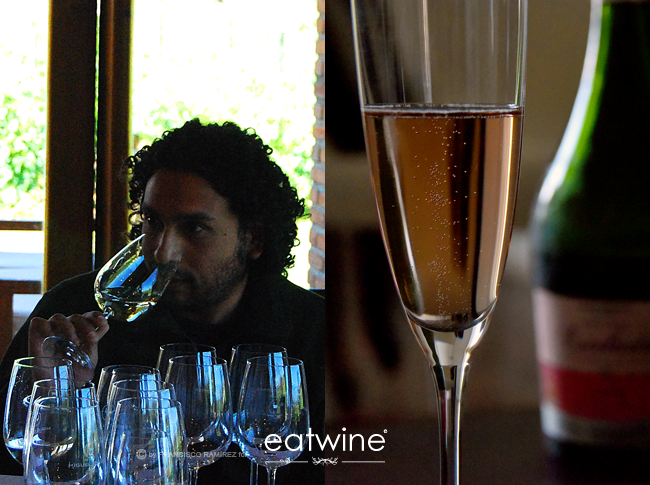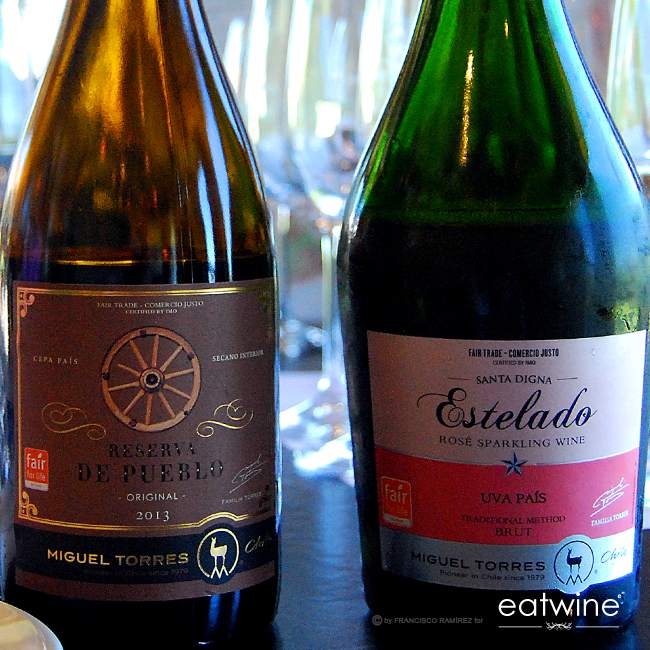Style stays while fashion fades — Coco Chanel
Last weekend, I completely overhauled my closet. Purged, perhaps, would be a more accurate verb. It was a liberating experience that was severely overdue. I said tchau to holed designer jeans from my 20s, ridiculously tight shirts, and 3-inch stilettos that look great but really are stilts. My wardrobe needed a coherent fashion strategy bringing in a new “vintage” of pieces to reflect my current style (which is in love with Parisian chic).
Much like I get great satisfaction from tearing apart and rearranging my pantry and cookbook collection from time to time, I evaluated, consolidated, tossed, and ultimately found inspiration in the some of the great clothes I had completely forgotten about. As the mound of trendy clothes grew, it struck me how disposable fashion is. Every year there’s a new “vintage” of colors, fabrics, and styles, similar to a new vintage of wine. Of course, there are the classics that stay stylish forever, just like those reference Bordeaux reds or benchmark Cabernets that seem to stay timeless as they quietly mature in the cellar. It’s not necessarily that one trumps the other. They serve totally different purposes but are equally enjoyed.
After my closet clean out, I needed some kitchen therapy so I prepared Sunday lunch for my in-laws visiting. As I chopped and stirred, it occurred to me that trendy fashion could be likened to Beaujolais, an easy-drinking French red wine meant to be made and consumed in the same year. Those classic pieces (like the Little Black Dress) would be those special bottles from a great vintage carefully tucked away in the wine cellar. I raided our cava de vino searching for a yummy red to compliment the simple but flavorful dishes made with fall vegetables. I was in the mood for something fruity and easy drinking yet I not loving Merlot, Malbec or even Pinot Noir. Instead, I decided to do something decidedly local and opted for the Reserva del Pueblo País from Miguel Torres. Many call país the Beaujolais of Chile. This particular país, made with carbonic maceration, had lovely black cherry and strawberry fruit and low alcohol to boot.
País arrived in Chile with the Spanish conquerors and for most of its life was the basis of Chilean wine until producers began importing French cuttings in the mid-19th century. After that, it was relegated to local bulk and all but forgotten. However, times are changing and a small group of innovative vintners are reviving and finding renewed allure in this simple red. It all got started several years ago with a Frenchman in the Maule Valley, Louis-Antoine Luyt. He made his first país, Clos Ouvert Uva Huasa, a simple, fruity red with earthy flavors. It caused a major buzz among the local wine community and shortly after the comparison with Beaujolais began. Similar to Beaujolais, país also has very thin skins and its purpose is to be consumed as a joven, fruity wine.
No long ago, we had sat down with the head winemaker at Miguel Torres, one of the wineries blazing the trail with this grape, to better understand its terroir and nuances. The majority of país is dry-farmed in the Maule and lesser-known Itata Valleys to the south. Torres works with small growers (all fair-trade) who grow the grapes to their specifications and after make the Reserva del Pueblo wine and their delicious rose sparkling. Vintners have discovered that país does incredibly well when made with carbonic maceration—the same exact method use to make Beaujolais. That is, whole grape clusters are fermented in a carbon dioxide rich environment (versus pressing for the juice first and then fermenting). The carbon dioxide gas permeates the grape skins and stimulates fermentation on inside each single grape, rather than the whole juice. The resulting wine is very fruity and low in tannins so it’s earthy, food-loving, got good acidity and usually lots of personality. Since it’s low in alcohol you can drink it like water, or drink/wear without any long-term commitment, just like this year’s fun trendy clothing accessory. No doubt, next year, there’ll be another vintage.
Here are a few recommendations of país, ranging from big and small producers, to try on:
Miguel Torres, Reserva del Pueblo
Strawberries, raspberries, blackberries and maybe a tad of cherry mingle with something spicy like cloves. Love serving this wine chilled. Goes brilliantly with vegetarian dishes, soups, Jerusalem artichokes, Indian (or anything etnic/spicy) or just as an aperitif in the summer when it’s too hot for any other red. Great price point, fair trade, and low alcohol. Fun in a bottle, wee! Being exported.
Louis-Antoine Luyt, El País de Quenehueao
The nose is chock full of red fruit which continues in the mouth. It has a grapey-ness to it even though it’s quite dry in nature. Earthy but not too tannic, it is begging you for some choripan off the grill and chancho en piedra (country tomato salsa). NOW.
Maitía
Coming in magnums, this wine combines old-vine carignan and país, along with some Cabernet Franc from the Maule Valley. Simple, easy drinking and fruity, it’s just juicy red fruit that (scarily) drinks like water (just be warned there is, in fact, alcohol in it). It does have some structure so it works beautifully with grilled fare, roasted veggies, hummus, or a nice tray of artisan cheeses.
Marqués de Casa Concha Pais Cinsault
One of Concha y Toro’s winemakers, Marcelo Papa, has spearheaded efforts for this unique wine made with dry-farmed país grapes west of Cauquenes city in Chile’s 7th Region. Paired with another regional variety, Cinsault, hailing from the“deep Itata” Valley, the wine is fresh with raspberry and red currant aromas and a crisp, light body. It’s a delight to drink and fortunately is being exported (like Torres).















